From the post below, here is how the second Neutrowound receiver looked when it arrived - soaking wet.
I started off by sand-blasting all of the metal cabinet pieces and replating the corner trim and tube shields/caps.
This is one of those radios that needed to be taken entirely apart, each part cleaned, serviced/rebuilt and then reassembled.
The base/board was stripped, filled and sanded then sprayed with shellac.
The rest just needed a lot of cleaning and the same re-stuffing of components that was performed on the earlier unit.
Fortunately, the missing knobs are similar to those used on a lot of 1920s radios. Unfortunately, I still need 5 of the tube shields/caps.
Both of these radios were missing the 6 bolts that hold the top cover on and I'll bet this is quite common since reinstallation of these bolts takes a bit of fishing. So they were probably left out having once been removed for service. If you need some, they are 4 inch long #10 X 24 machine screws with a slotted head.
If you need to replace interstage transformers, use 3:1 (three to one) rather than 5:1. If you use 5:1 transformers, you will probably end up overdriving the last audio stages. This will result in really noisy poor audio. If you have a 5:1 with a tapped secondary, just use 1/2 of the secondary. That is what I did here.
If anybody find a few extra shields/caps, I could use a few. BTW they and the end trim are plated brass.
Russ

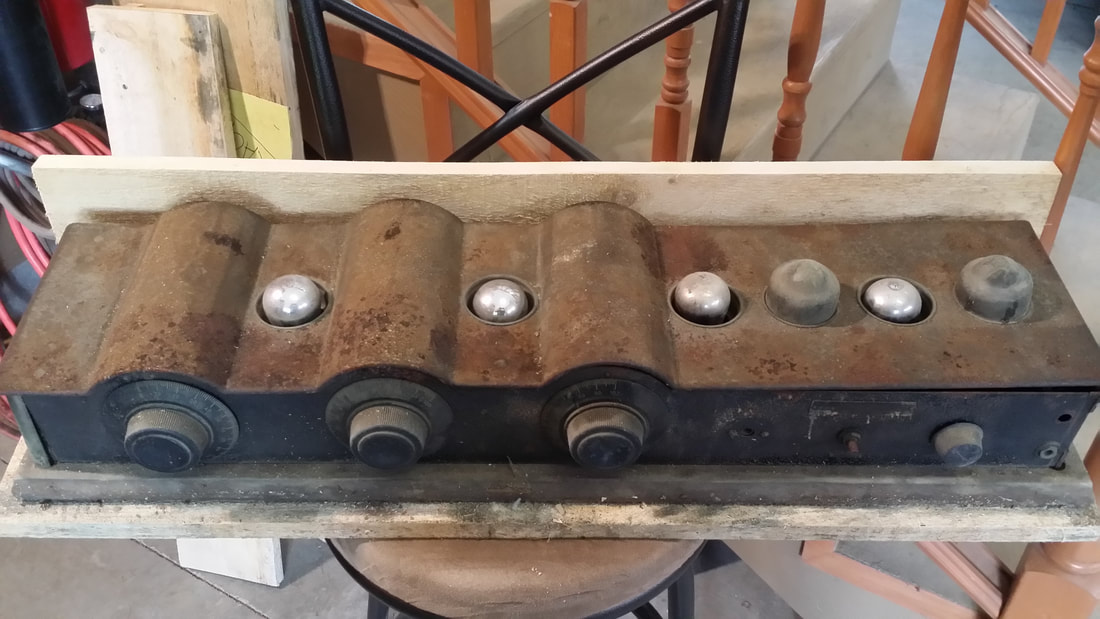
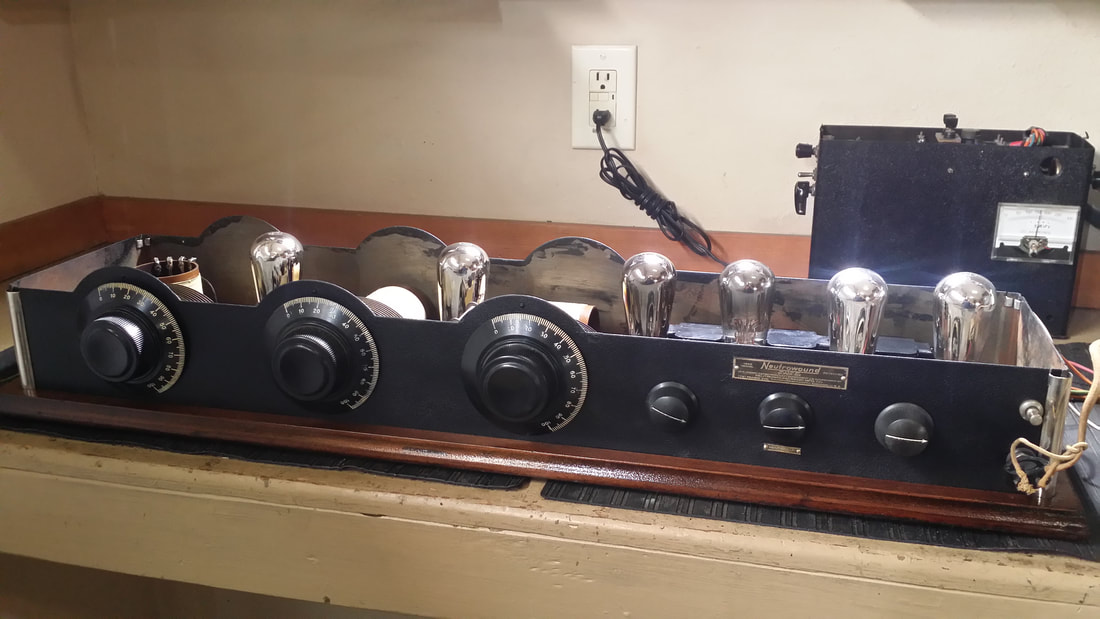
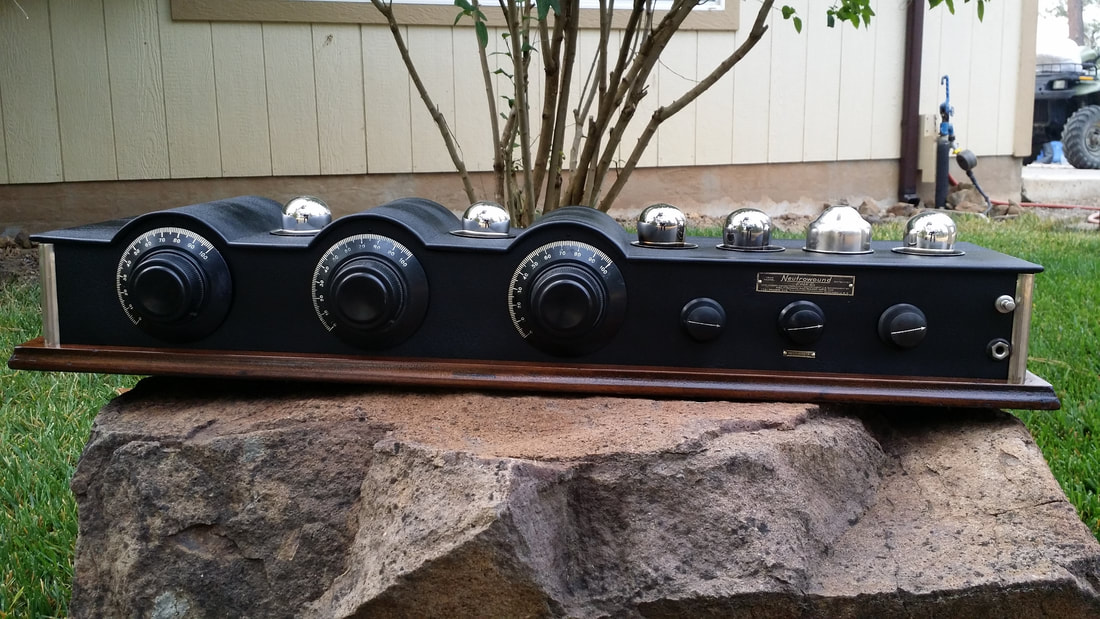
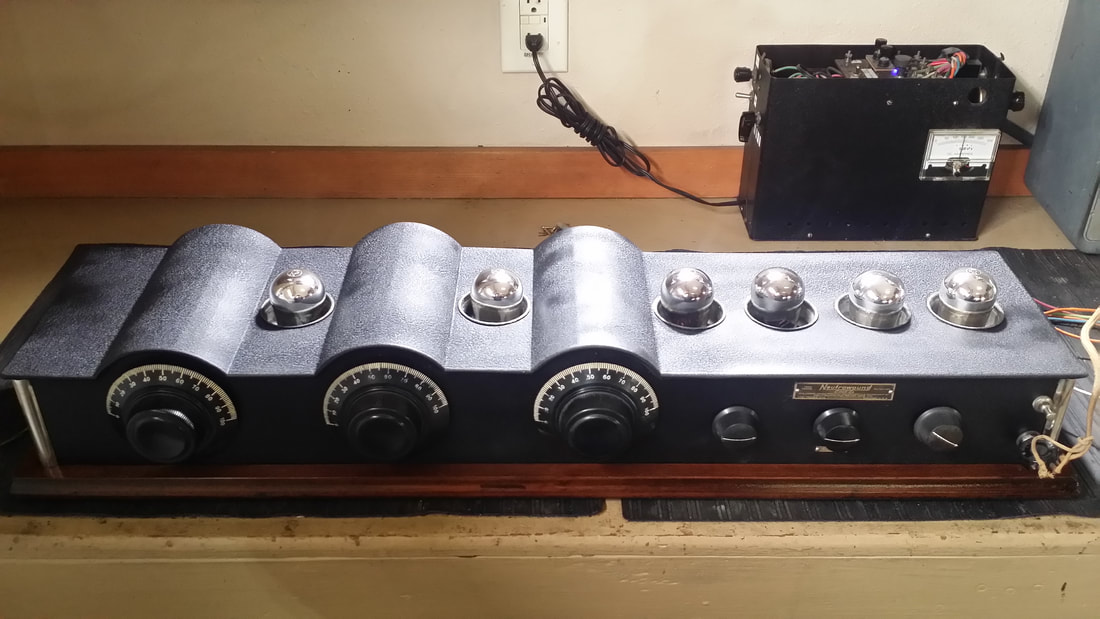
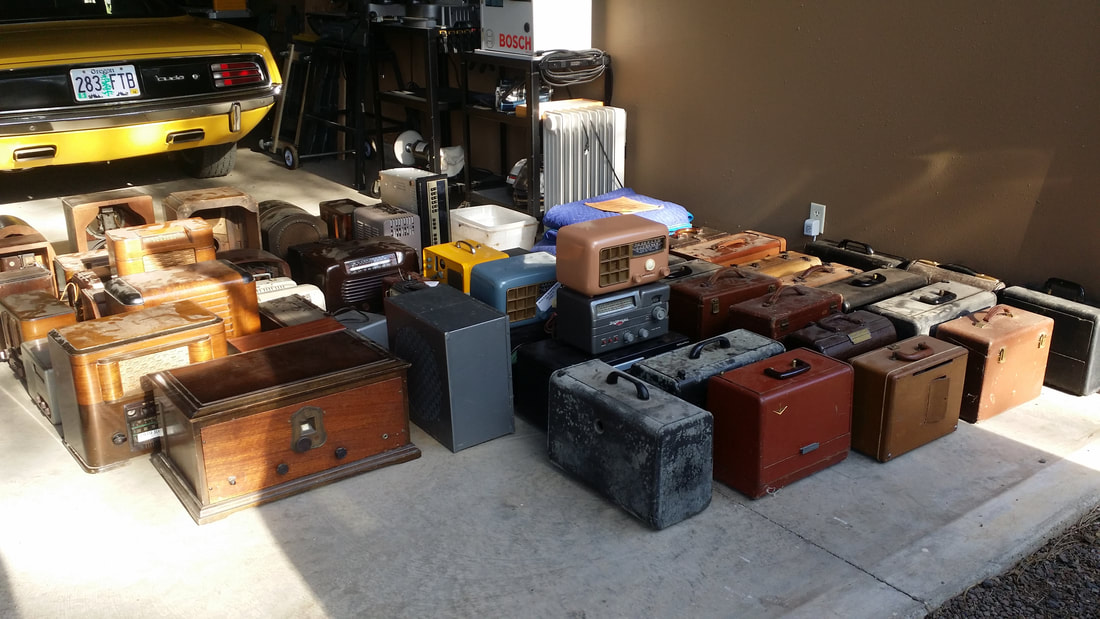
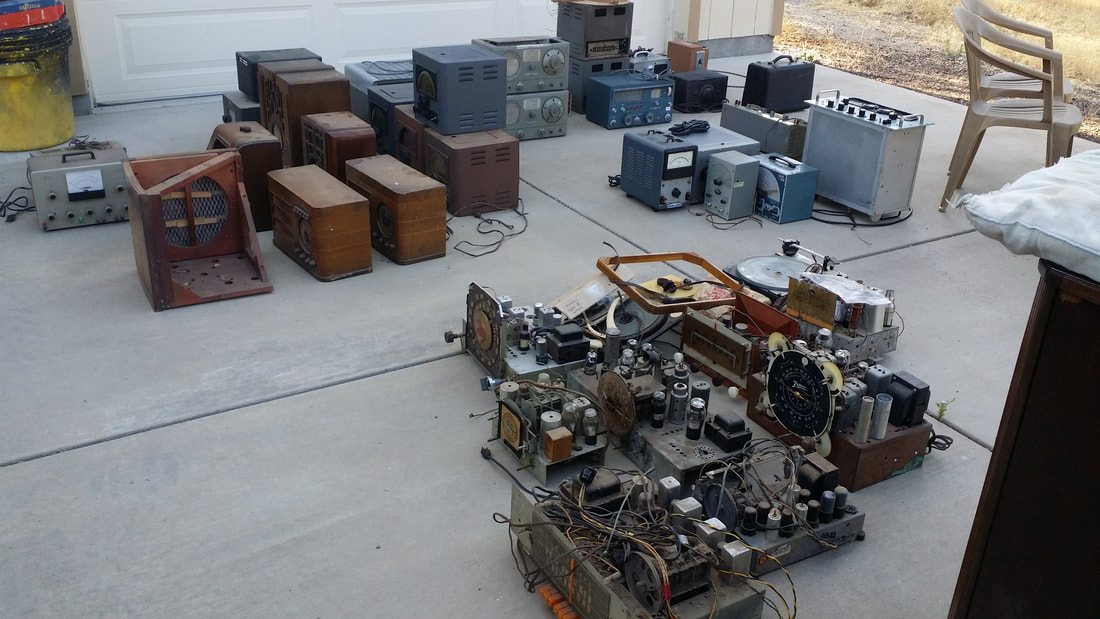
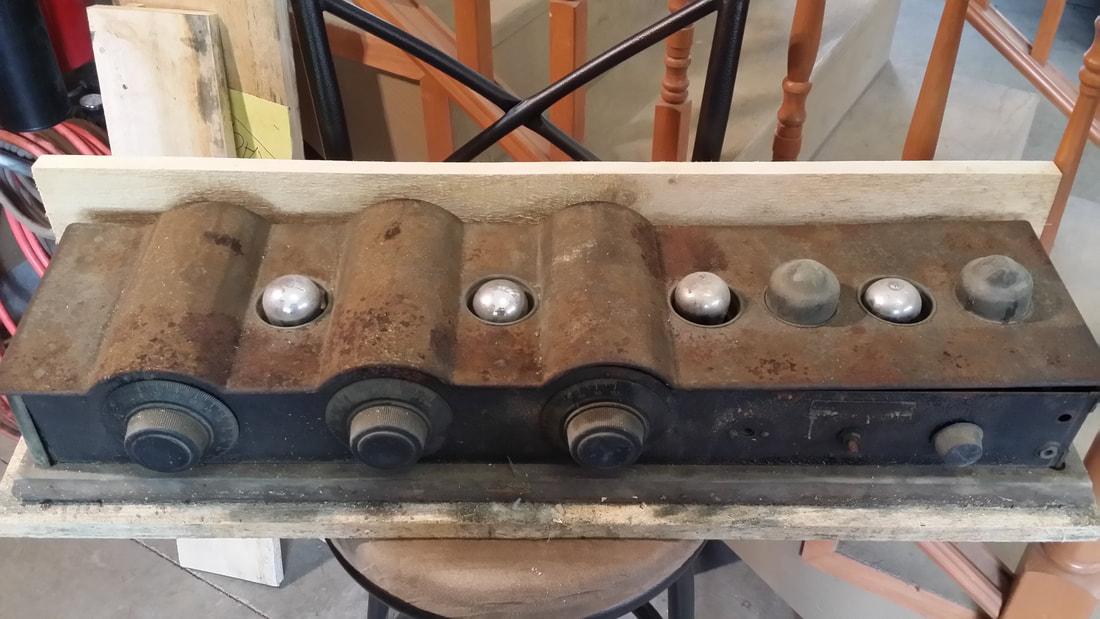
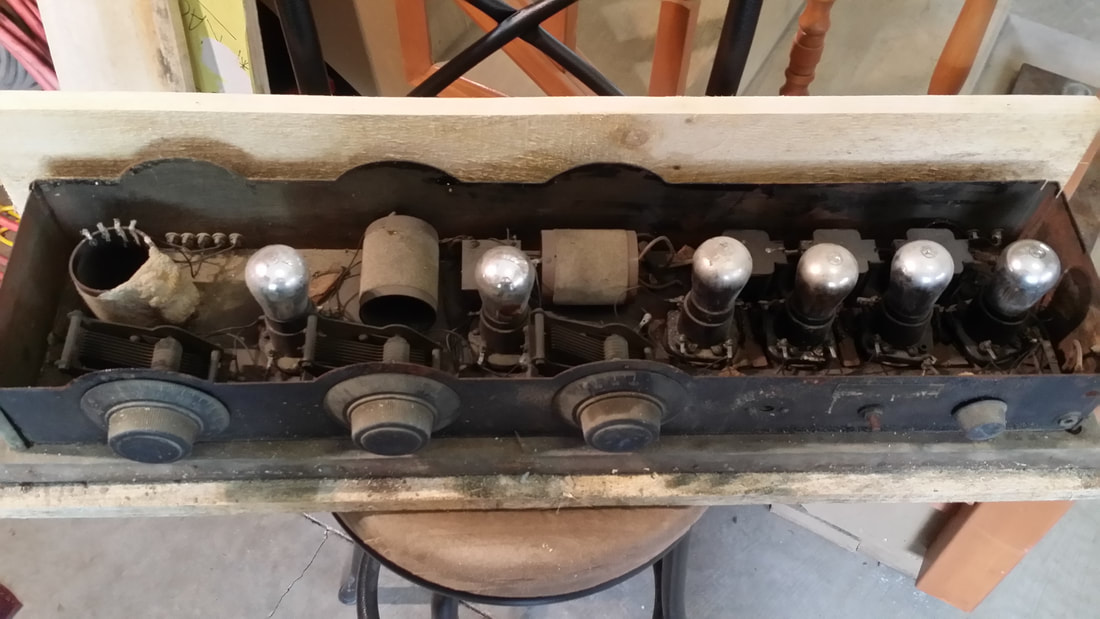
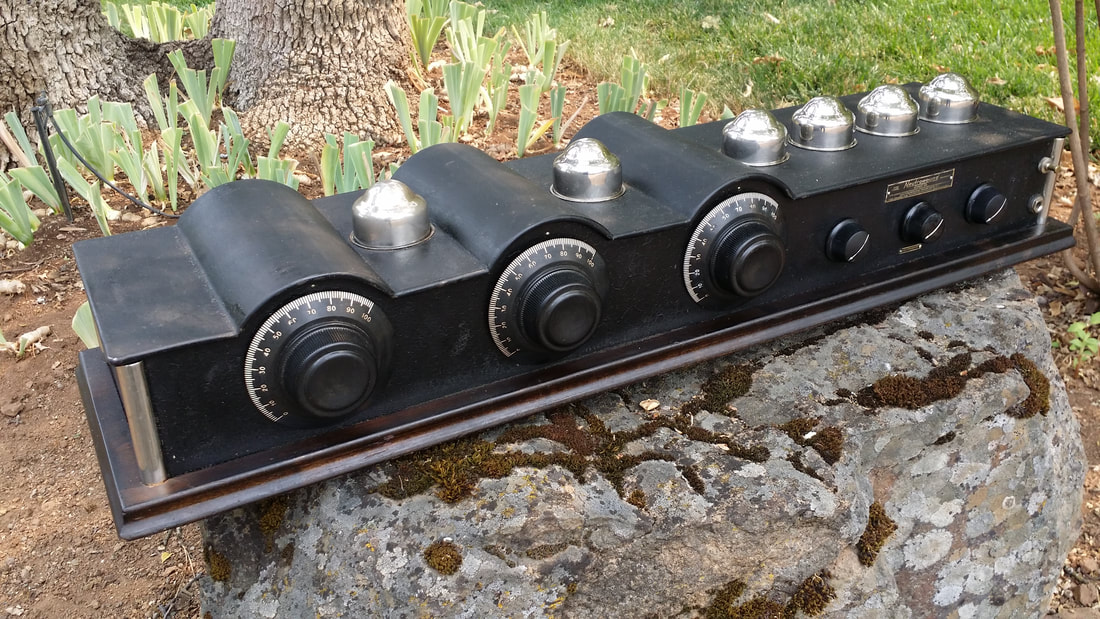
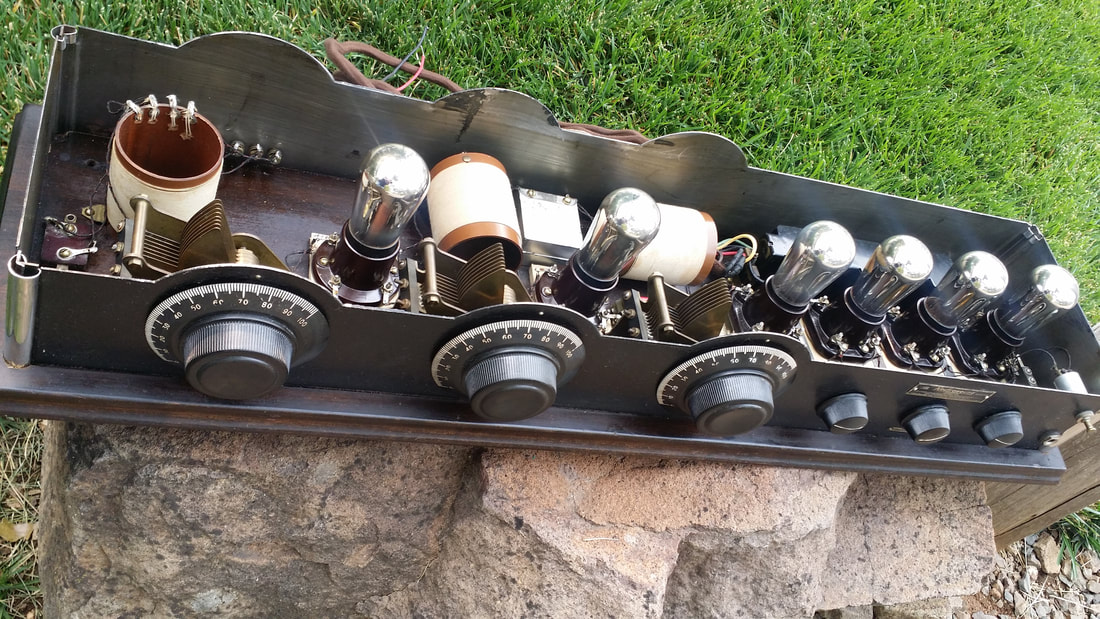
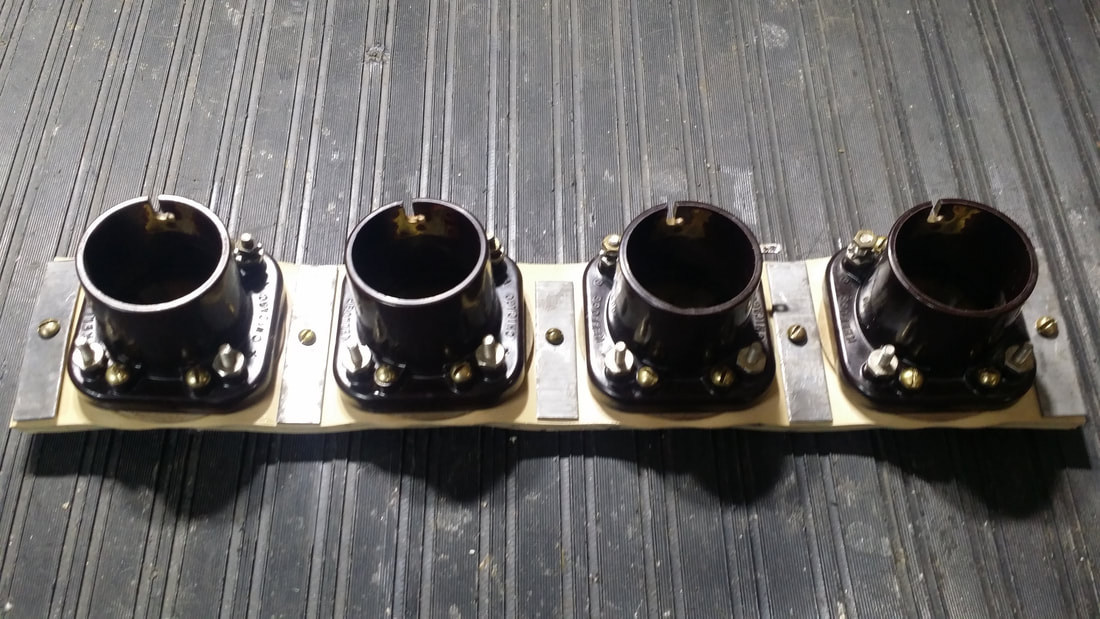
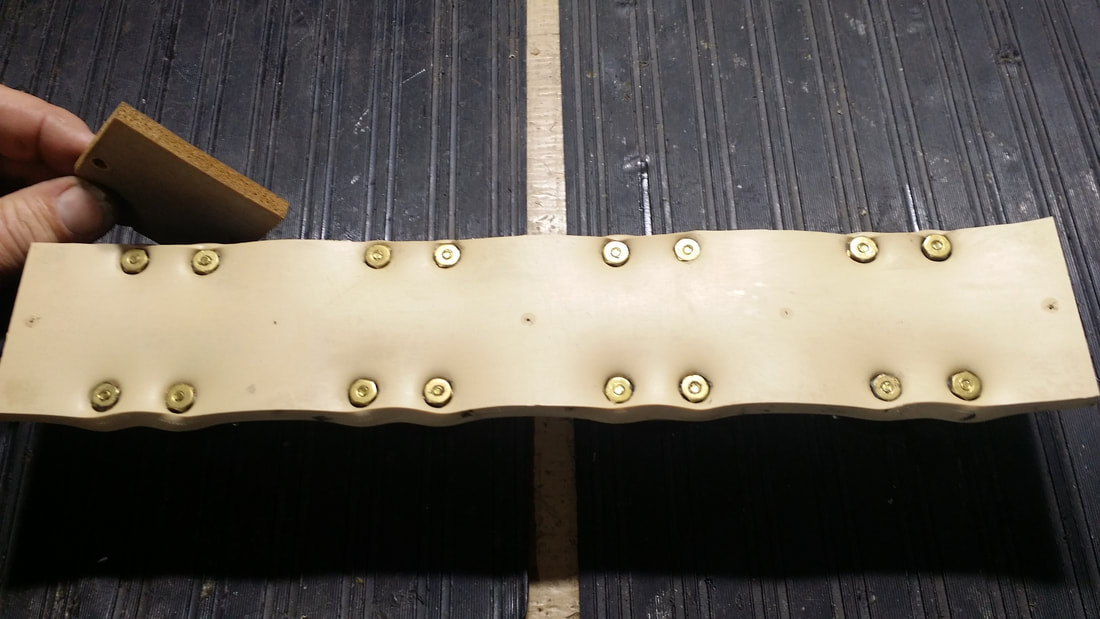
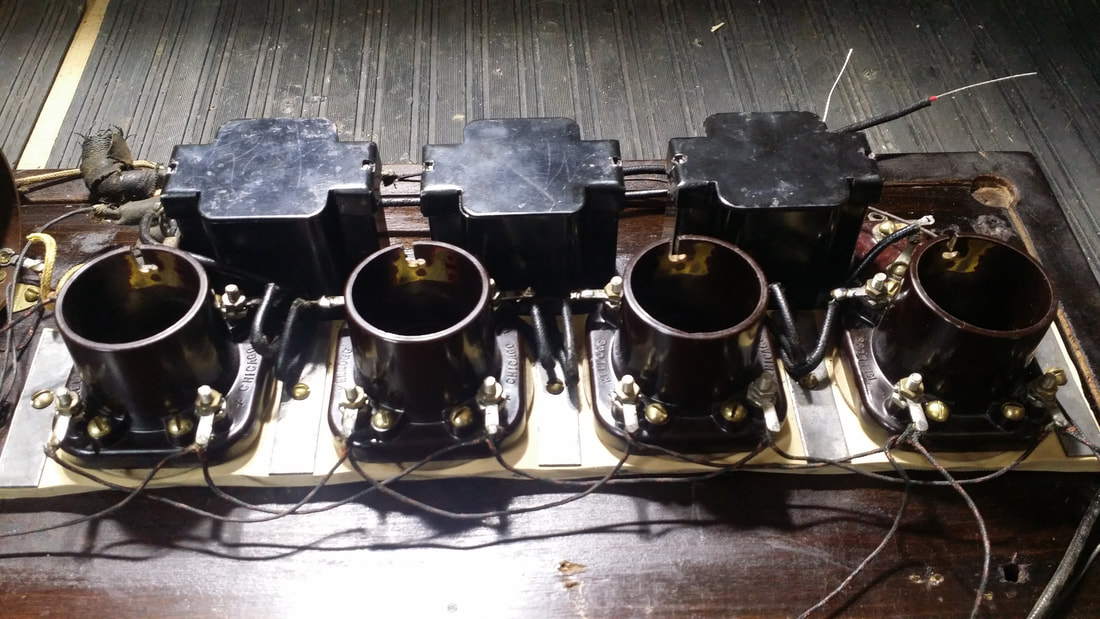
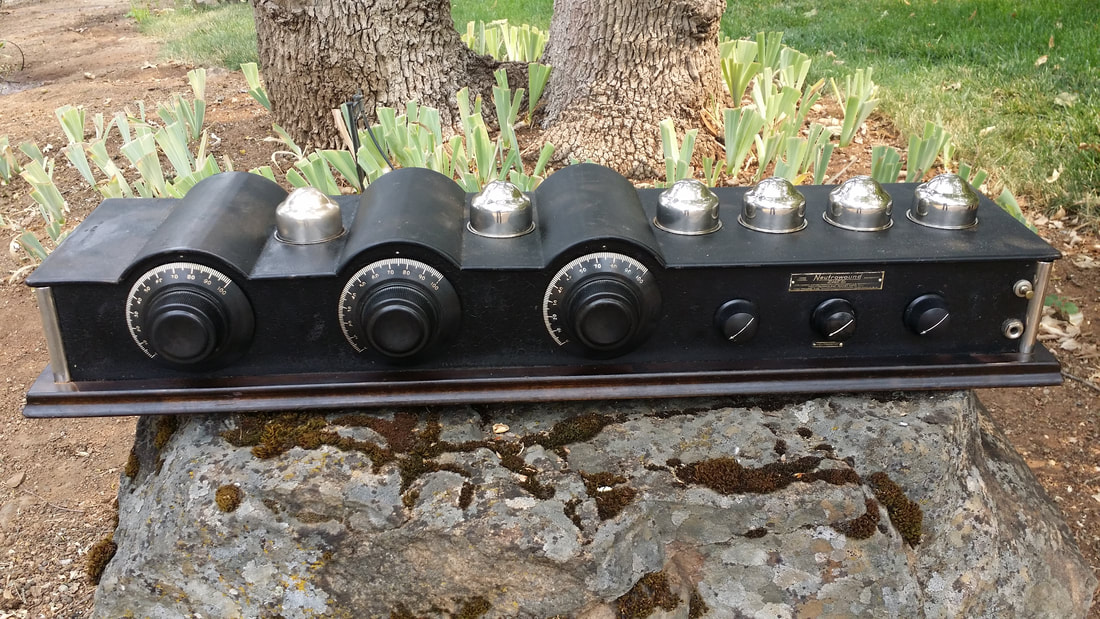
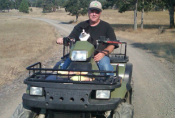
 RSS Feed
RSS Feed